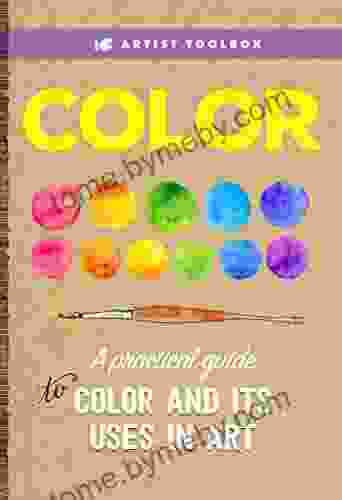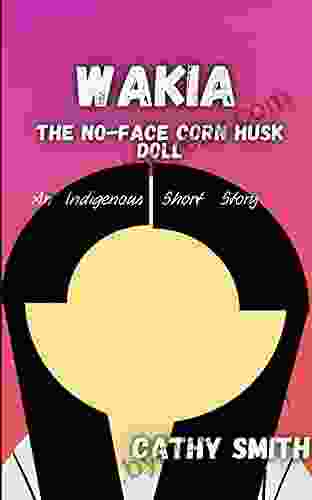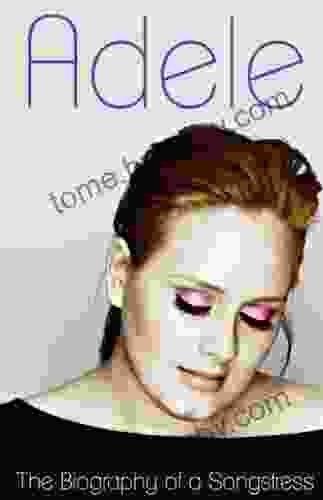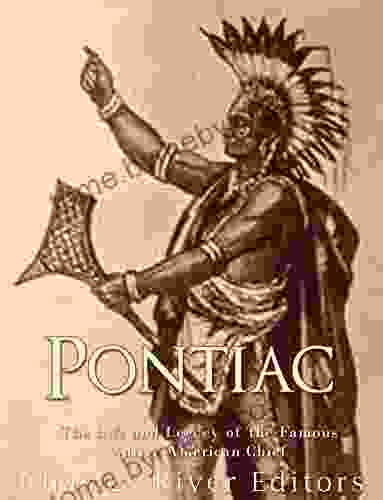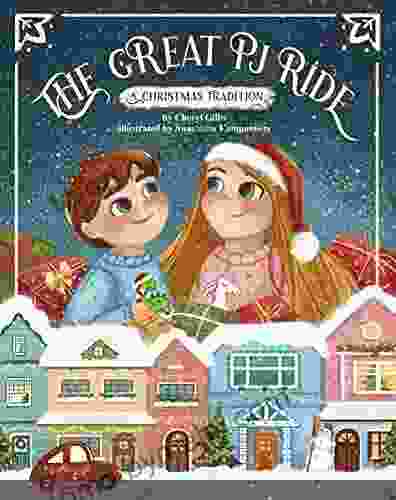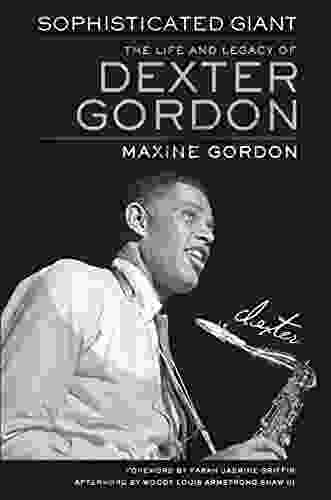Unveiling the Power of Color: A Comprehensive Guide to Its Uses in Art

The Language of Color: A Visual Symphony
Color, a fundamental element of art, possesses an extraordinary ability to captivate our senses, stir our emotions, and convey profound messages. It is a language unto itself, speaking volumes without uttering a single word. Understanding the principles of color theory and its applications in art is essential for any aspiring artist seeking to harness the transformative power of this visual symphony.
The Color Wheel: A Spectrum of Possibilities
The color wheel, a circular representation of the relationships between colors, serves as the cornerstone of color theory. It comprises three primary colors (red, yellow, and blue),three secondary colors (green, orange, and violet),and six tertiary colors (yellow-green, blue-green, blue-violet, red-violet, red-orange, and yellow-orange). These colors interact harmoniously or contrast dramatically, creating a vast spectrum of possibilities for artistic expression.
4.4 out of 5
| Language | : | English |
| File size | : | 26961 KB |
| Text-to-Speech | : | Enabled |
| Screen Reader | : | Supported |
| Enhanced typesetting | : | Enabled |
| Print length | : | 112 pages |
Color Schemes: Orchestrating Visual Harmony
Color schemes are carefully selected combinations of colors that evoke specific moods and convey distinct messages. Monochromatic schemes utilize shades and tints of a single hue, creating a sense of unity and sophistication. Analogous schemes employ colors that are adjacent to each other on the color wheel, resulting in a harmonious and cohesive effect. Complementary schemes juxtapose colors that are opposite each other on the color wheel, generating high contrast and visual tension.
Triadic schemes combine three colors that are evenly spaced around the color wheel, forming a vibrant and dynamic composition. Tetradic schemes utilize four colors that form a rectangle or square on the color wheel, creating a balanced and visually appealing design. Split-complementary schemes employ a base color and two colors that are adjacent to its complement, resulting in a harmonious yet contrasting effect.
Color Harmony: A Delicate Balance
Color harmony refers to the pleasing arrangement of colors in a work of art. It can be achieved through various methods, such as using complementary colors to create contrast, employing analogous colors to achieve unity, or utilizing a monochromatic scheme for a cohesive and elegant effect. By understanding the principles of color harmony, artists can orchestrate a visual symphony that captivates the viewer's eye and evokes a desired emotional response.
Color Mixing: A Palette of Possibilities
Color mixing is the art of combining different colors to create new hues and shades. By experimenting with different proportions of primary, secondary, and tertiary colors, artists can expand their color palette and achieve a vast array of effects. Understanding the principles of color mixing is essential for creating realistic skin tones, vibrant landscapes, and dynamic compositions.
Additive color mixing, used in digital art and photography, combines light sources to create new colors. Subtractive color mixing, employed in traditional painting and printing, involves mixing pigments to create new colors. By mastering both additive and subtractive color mixing techniques, artists can achieve a comprehensive range of colors and effects in their artwork.
Color Psychology: The Emotional Impact of Color
Color not only affects our visual perception but also triggers psychological responses. Warm colors, such as red, orange, and yellow, are often associated with energy, passion, and excitement. Cool colors, such as blue, green, and violet, evoke a sense of calm, serenity, and tranquility. Understanding the psychological impact of color allows artists to intentionally convey emotions and messages through their artwork.
For instance, in Edvard Munch's iconic painting "The Scream," the use of vibrant reds and oranges intensifies the emotional turmoil and anxiety experienced by the central figure. Conversely, in Claude Monet's "Water Lilies" series, the tranquil blues and greens capture the serene beauty of nature, evoking a sense of peace and tranquility.
Color in Different Artistic Mediums
The applications of color in art are as diverse as the mediums themselves. In painting, color is the primary means of conveying depth, form, and texture. In photography, color plays a crucial role in capturing the essence of a scene, influencing the mood and atmosphere of the image.
In graphic design, color is used to create visual hierarchy, convey brand messages, and guide the viewer's eye. In fashion, color is employed to express personal style, create illusions, and evoke emotions. In interior design, color can transform a space, influencing the mood and functionality of the environment.
Mastering Color: An Artistic Journey
Harnessing the power of color in art requires practice, experimentation, and a keen eye for detail. By studying the principles of color theory, exploring different color schemes, and understanding the psychological impact of color, artists can unlock a world of creative possibilities.
Experimenting with different mediums and techniques allows artists to discover the unique ways in which color can be expressed. Whether it's the vibrant brushstrokes of an oil painting, the subtle hues of a watercolor, or the digital manipulation of color in photography, each medium offers its own set of challenges and rewards.
: Embracing the Spectrum of Color
Color is an integral part of our visual world, influencing our perceptions, emotions, and experiences. By understanding the principles of color theory and its applications in art, artists can transcend the limitations of a blank canvas and create awe-inspiring works that resonate with viewers on a profound level.
This comprehensive guide provides a roadmap for aspiring artists to navigate the world of color, empowering them with the knowledge and skills to harness its transformative power. By embracing the spectrum of color, artists can unlock their full creative potential and paint the world with their own unique vision.
4.4 out of 5
| Language | : | English |
| File size | : | 26961 KB |
| Text-to-Speech | : | Enabled |
| Screen Reader | : | Supported |
| Enhanced typesetting | : | Enabled |
| Print length | : | 112 pages |
Do you want to contribute by writing guest posts on this blog?
Please contact us and send us a resume of previous articles that you have written.
 Book
Book Novel
Novel Page
Page Chapter
Chapter Text
Text Story
Story Genre
Genre Reader
Reader Library
Library Paperback
Paperback E-book
E-book Magazine
Magazine Newspaper
Newspaper Paragraph
Paragraph Sentence
Sentence Bookmark
Bookmark Shelf
Shelf Glossary
Glossary Bibliography
Bibliography Foreword
Foreword Preface
Preface Synopsis
Synopsis Annotation
Annotation Footnote
Footnote Manuscript
Manuscript Scroll
Scroll Codex
Codex Tome
Tome Bestseller
Bestseller Classics
Classics Library card
Library card Narrative
Narrative Biography
Biography Autobiography
Autobiography Memoir
Memoir Reference
Reference Encyclopedia
Encyclopedia David Cone
David Cone Charles J Alsheimer
Charles J Alsheimer Jonathan Kozol
Jonathan Kozol Catherine Montgomery
Catherine Montgomery Catherine D Hughes
Catherine D Hughes Charles Foran
Charles Foran Maxine Gordon
Maxine Gordon Cheng Yan
Cheng Yan Jared Dees
Jared Dees Chad Ford
Chad Ford Jean Sasson
Jean Sasson Martha Mumford
Martha Mumford Charlotte Milner
Charlotte Milner R Allen Hardy
R Allen Hardy Gerald C Kane
Gerald C Kane Jenny Mackay
Jenny Mackay Chiara Giuliani
Chiara Giuliani Emily Sturgill
Emily Sturgill Misha Lane
Misha Lane Janis Keyser
Janis Keyser
Light bulbAdvertise smarter! Our strategic ad space ensures maximum exposure. Reserve your spot today!
 Ken FollettFollow ·17.3k
Ken FollettFollow ·17.3k Steve CarterFollow ·4.4k
Steve CarterFollow ·4.4k Juan ButlerFollow ·3.1k
Juan ButlerFollow ·3.1k William WordsworthFollow ·4k
William WordsworthFollow ·4k Rick NelsonFollow ·16.8k
Rick NelsonFollow ·16.8k Thomas PowellFollow ·11k
Thomas PowellFollow ·11k Jaime MitchellFollow ·8.2k
Jaime MitchellFollow ·8.2k Gustavo CoxFollow ·15.9k
Gustavo CoxFollow ·15.9k

 Alvin Bell
Alvin BellEmbark on an Epic Journey: "Spirit of Colombia: Arctic to...
Prepare to embark on an...
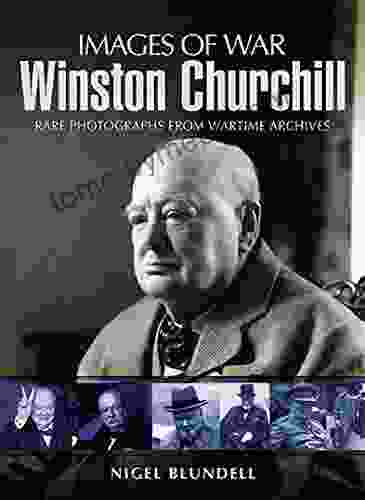
 Christian Barnes
Christian BarnesWinston Churchill Images Of War: A Visual Journey Through...
Winston Churchill, one of the most iconic and...
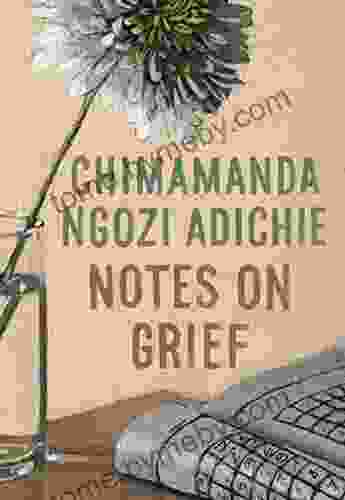
 Pete Blair
Pete BlairNavigating the Labyrinth of Grief with Chimamanda Ngozi...
Grief, a complex and multifaceted...

 Gilbert Cox
Gilbert CoxAncient Samurai Techniques On The Battlefield And In The...
Step into the realm of ancient samurai...
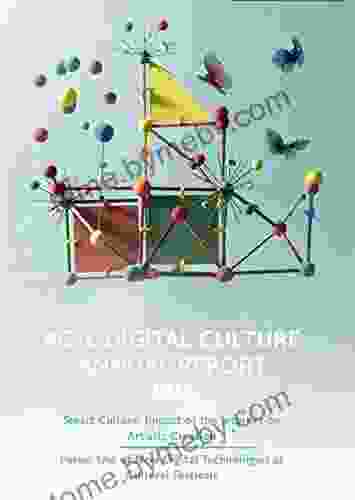
 Tom Clancy
Tom ClancyHarnessing the Power of Digital Technologies to Elevate...
In today's digital landscape,...

 Daniel Knight
Daniel KnightMaster Wilderness Survival with the Ninja Wilderness...
Are you ready to become a wilderness warrior?...
4.4 out of 5
| Language | : | English |
| File size | : | 26961 KB |
| Text-to-Speech | : | Enabled |
| Screen Reader | : | Supported |
| Enhanced typesetting | : | Enabled |
| Print length | : | 112 pages |


